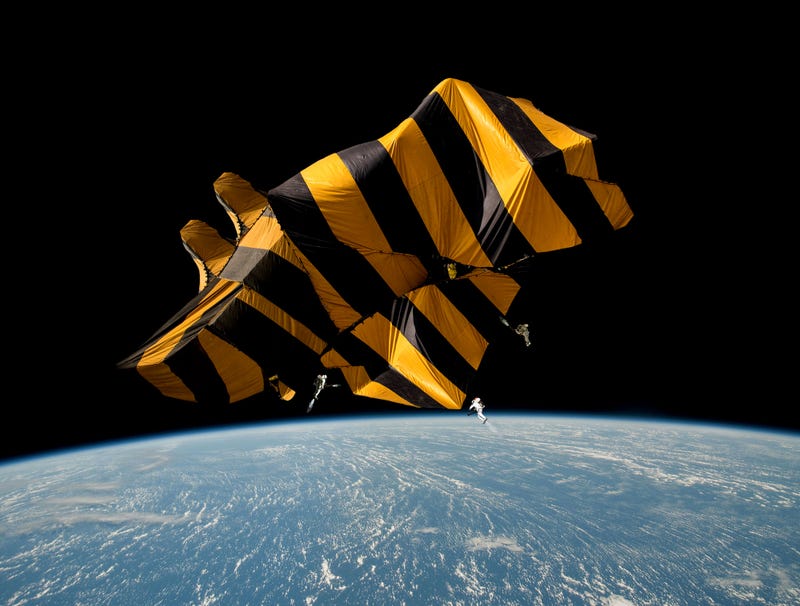Yes, ice clogged pitots are a very common failure that can lead to an accident. Pitot tubes have heating systems to avoid that since indicated air speed is the absolute most important data for piloting a plane. however IAS is not used for navigation anymore because it is extremely difficult to get reliable ground speed values from it with so many variables. It was in the early years of aviation along magnetic compass, stars, sea waves direction, road signals and anything at hand and of course pilots got lost most of the time.
Then, in the 20s or 30s, all countries started building a huge network of ground radio stations to make radio navigation possible worldwide, which continues being used today as the default way to know position and ground speed, with GPS (which is nothing but a more advanced radio station network after all) slowly getting more and more relevance in the last decades.




